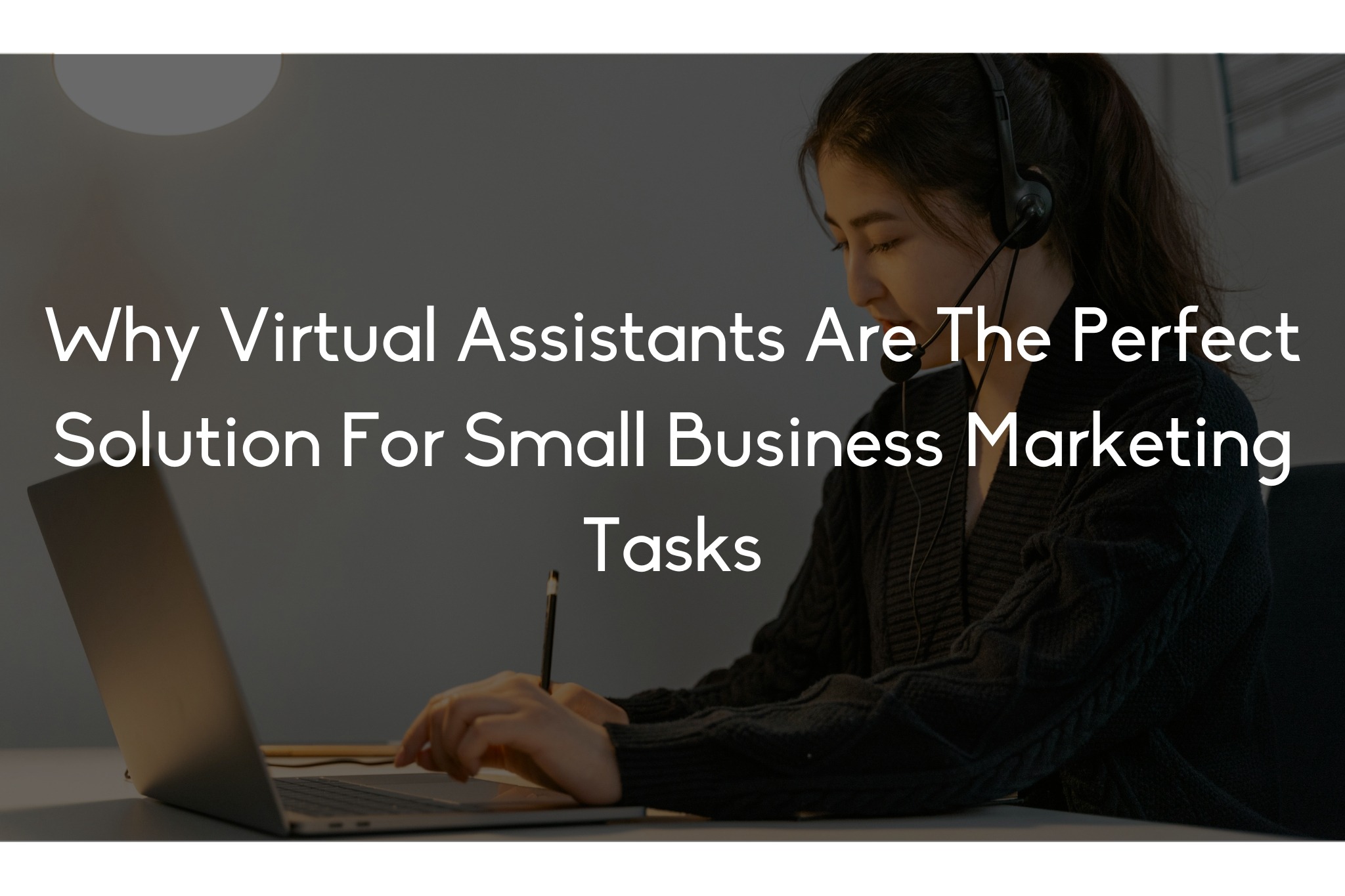

Bringing a virtual assistant (VA) into your business can be a game-changer. They help lighten your workload, improve efficiency, and free up your time for higher-level tasks. However, many business owners hesitate to take the leap, fearing the process will be overwhelming.
If you’ve ever felt unsure about how to delegate effectively, communicate your expectations, or ensure a smooth workflow with a VA, you’re not alone. Many entrepreneurs struggle with these concerns. The good news? With the right approach, working with a VA can be seamless, productive, and stress-free.
This guide will walk you through the best strategies to work with a virtual assistant without feeling overwhelmed. From setting clear expectations to leveraging the right tools, you’ll learn how to build a strong working relationship that benefits both you and your VA.
Discover how to streamline your workflow, establish trust, and maximize productivity with a virtual assistant. These practical steps will help you delegate with confidence and avoid common pitfalls.
Before hiring a VA, you need a clear understanding of what tasks you need help with. Take some time to list out your daily, weekly, and monthly responsibilities. Identify repetitive or time-consuming tasks that don’t require your direct involvement.
Common tasks to delegate include:
Once you have a list, prioritize the tasks based on urgency and importance. This will help you determine what to offload first.
One of the biggest sources of overwhelm when working with a VA is miscommunication. Clearly define what you expect in terms of work quality, deadlines, and availability.
Key areas to clarify:
When expectations are set from the beginning, you reduce misunderstandings and create a smoother workflow.
Not all virtual assistants have the same expertise. Some specialize in administrative work, while others excel in marketing, tech support, or bookkeeping. Match your VA’s skills with your business needs.
There are several platforms where you can find skilled VAs, including:
When hiring, review their experience, portfolio, and client testimonials. Conduct interviews to ensure they align with your work style and expectations.
To ensure a good fit, ask questions such as:
By carefully selecting the right VA, you set yourself up for a successful partnership.

Even if your VA is experienced, they still need guidance on how you prefer things to be done. Create a simple onboarding process that includes:
To ease into working with a VA, begin with small, manageable tasks. This allows both of you to get comfortable with the workflow before tackling more complex assignments.
A trial period of 30 to 60 days can help both you and your VA assess compatibility. Use this time to refine workflows, provide feedback, and make adjustments.
Effective communication is key to a successful VA relationship. Use tools like:
Keep tasks organized and track progress with:
Using the right tools ensures a smooth workflow and minimizes confusion.
If you pay your VA hourly, consider using time-tracking tools such as:
Frequent communication helps maintain alignment and address any issues early on. Schedule weekly or bi-weekly check-ins to discuss progress and provide feedback.
Create a space where your VA feels comfortable asking questions and making suggestions. A strong, collaborative relationship leads to better results.
When giving feedback, be specific and solution-oriented. Instead of saying, “This isn’t what I wanted,” explain how the task can be improved.
Instead of dictating every step, focus on the outcome. Give your VA the autonomy to complete tasks in a way that works best for them, as long as they meet your expectations.
It takes time to build a solid working relationship. Be patient as you and your VA adjust to each other’s work styles. With consistency, things will become smoother over time.
Creating standard operating procedures (SOPs) can help streamline training and ensure consistency. Over time, this makes delegation easier and reduces the need for micromanagement.
Working with a virtual assistant doesn’t have to be overwhelming. By defining your needs, setting clear expectations, and leveraging the right tools, you can create a productive and stress-free working relationship.
Delegating effectively allows you to focus on what truly matters—growing your business and achieving your goals. With the right approach, your VA can become an invaluable asset, helping you work smarter, not harder. Start small, build trust, and watch your efficiency soar!
By implementing these strategies, you’ll not only make the transition to working with a VA easier but also ensure long-term success. Whether you’re hiring your first VA or optimizing your current workflow, these steps will help you create a smooth, efficient, and rewarding collaboration.

